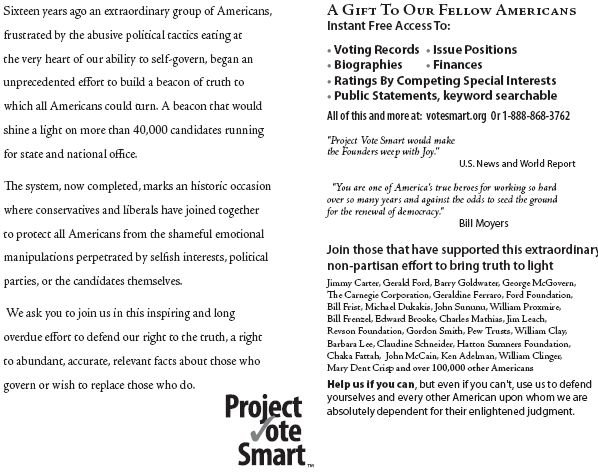[Summary: the Political Class believes government knows better than the little people {i.e., tax paying voters} or private industry. Longer answer:] <search: political-class> -- Generally speaking, when it comes to important national issues, whose
The Political Class Index is based on three questions.
All three clearly address populist tendencies and perspectives, all three have strong public support, and, for all three questions, the populist perspective is generally shared by Democrats, Republicans and those not affiliated with either of the major parties. We have asked the questions before, and the results change little whether Republicans or Democrats are in charge of the government.
Preliminary results indicate that 55% of Americans can be classified on the populist or Mainstream side of the divide. Only seven percent (7%) side with the Political Class. When leaners are included, 75% lean in the Mainstream direction and 14% lean the other way.
Thirty-seven percent (37%) of those on the populist side of the debate are Republicans, 36% are Democrats, and 27% are not affiliated with either major party.
Twenty-two percent (22%) of government employees are aligned with the Political Class along with just four percent (4%) of private sector workers.
The biggest surprise so far is that a plurality of the Political Class believes the economy is getting better while 66% of those in the Mainstream say it’s getting worse.
The questions used to calculate the Index are:
judgment do you trust more - the American people or America’s political leaders?
-- Some people believe that the federal government has become a special
interest group that looks out primarily for its own interests. Has the federal
government become a special interest group?
-- Do government and big
business often work together in ways that hurt consumers and investors?
To create a scale, each response earns a plus 1 for the populist answer, a minus 1 for the political class answer, and a 0 for not sure. Those who score 2 or higher are considered a populist or part of the Mainstream. Those who score -2 or lower are considered to be aligned with the Political Class. Those who score +1 or -1 are considered leaners in one direction or the other.
In practical terms, if someone is classified with the Mainstream, they agree with the mainstream view on at least two of the three questions and don’t agree with the Political Class on any.
SOURCE













No comments:
Post a Comment